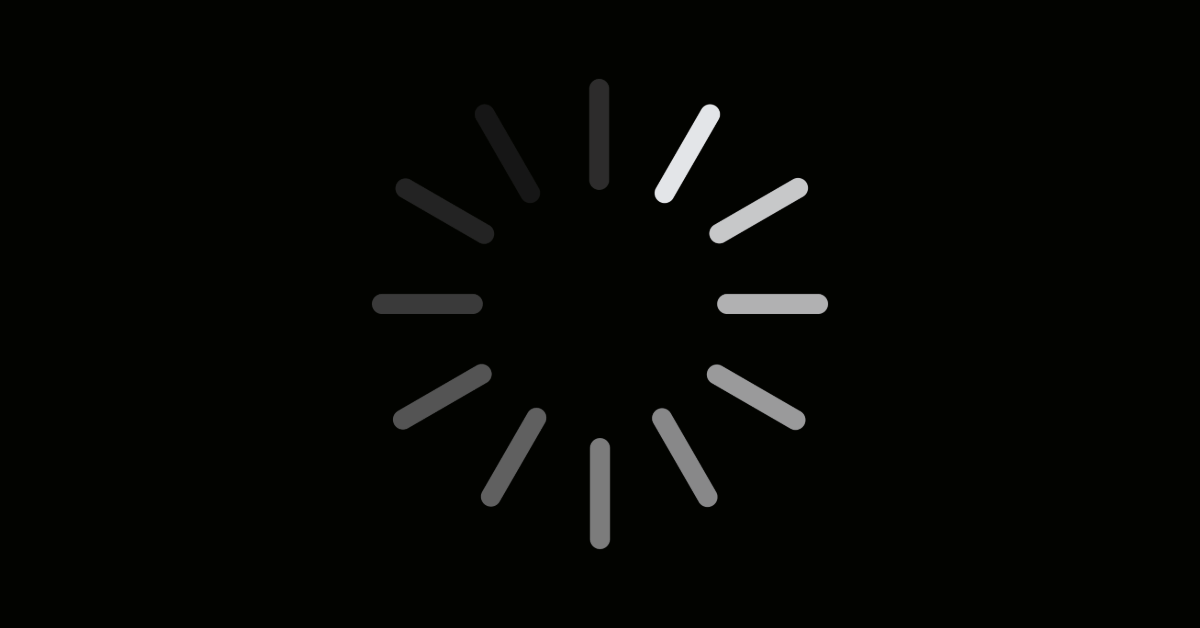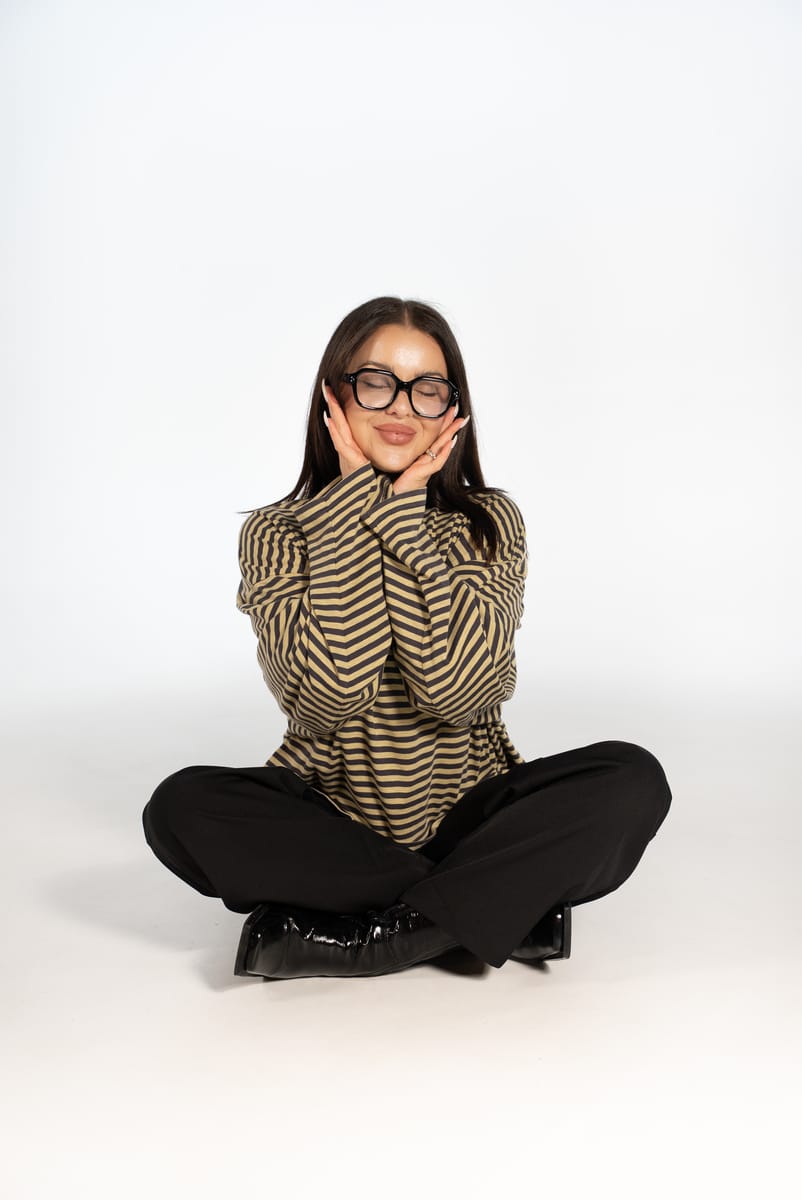
King Kylie has officially returned. And it’s made me feel all weird inside.
No, the feeling I’m describing is not “old” (thank you very much). Although I will admit, being hurled back into 2016 was not on my current bingo list, and may have evoked some feelings of… seniority.
It’s the same feeling I get with all the current nostalgia bait circling around.
Tumblr girls are resurfacing. Skinny jeans are (still) threatening to make a comeback. Y2K is holding on for dear fkn life. Everywhere you look, brands and influencers are reaching for nostalgia like it’s an emotional support blanket, perhaps as a way to make sense of a world that feels increasingly alien.
And that’s why it feels so uncanny.
We’re in one of the most transitionary periods in human history.
AI is completely rewriting how we work, create, and even think. The internet we grew up with is dissolving into algorithmic chaos. The standards of beauty, culture, and communication are being flipped and remixed daily. Everything feels both new and exhausted, exciting and terrifying. It’s like living inside a buffering screen.
Meanwhile, instead of looking ahead, we’re scrolling backward. Back to early-2010s makeup tutorials, flip phones, indie sleaze eyeliner, and a time when our problems felt cuter, like “why don’t boys like me?” instead of “will AI make my job as obsolete as my dad’s old pager?”
The problems feel heavier now. More existential. The stakes have changed, so nostalgia becomes a way to self-soothe, a warm bubble bath for the collective brain. Glass of wine included.
Nostalgia, in this moment, isn’t a trend. It’s an anchor. But it’s also a product.
And who knows how to sell that feeling better than the Kardashian-Jenner family?
The “King Kylie” comeback isn’t about going back to a simpler time. It’s about recreating one. I promise you, Jenner isn’t nostalgic for her pre-billionaire days; she’s nostalgic for the hype that built her empire. The original King Kylie era wasn’t defined by authenticity; it was defined by obsession, virality, and the illusion that you were in on something chaotic and personal.
Now, by reviving that same energy, she’s baiting us into a sense of familiarity. It's digital déjà vu that feels safe while we continue to feed the machine. It’s not comfort; it’s choreography. But maybe that’s why it works so well: it scratches our itch for “before” while keeping us scrolling toward “next.”
And that right there, that’s the paradox of right now: we’re standing in the middle of a "cultural portal" of sorts.
One foot in what we knew, one foot in what we can’t yet comprehend.
And it feels like Freaky Friday in this b*tch.
It’s a liminal space: the unsettling in-between where everything looks blurry and contradictory. Where we long for the stability of the past but can’t unsee the possibilities of the future. We’re nostalgic, yes, but not just because we want to go back. It’s because we want to feel grounded again.
And that’s what makes this era so interesting: the tug-of-war isn’t destructive. It’s creative.
The tension between nostalgia and innovation is forcing culture to hybridise and invent new forms that honour the past, but belong to the future.
Think of AI models trained on vintage aesthetics. Or musicians like Charli XCX and PinkPantheress, who use futuristic production to resurrect the textures of early-2000s pop. Or the way user-generated AI videos like "Harry Potter by Balenciaga" show the brand aesthetic remixed in the wild.
Whether or not the brand itself created them, the effect is telling: haunting and familiar at once. Even the rise of Polaroid and camcorder aesthetics on TikTok is less about regression, and more so reinterpretation, using old tools to express new emotions.
We’re learning how to shapeshift. How to carry the softness of what was into the strangeness of what’s next.
The revival of King Kylie reminds us that reinvention is the whole point. That even in the chaos of change, we can still find something familiar to hold onto.
We’re not going back. But we’re not quite here yet either. We’re somewhere in between.
So, what does that mean for brands?
It means nostalgia still works, kind of. But only if it moves somewhere. Audiences can sense pure sentimentality from a mile away. They don’t want to relive the past; they want to reinterpret it.
My best advice is not to press rewind, but remix. Like how Miu Miu’s office-girl aesthetic references the 2000s but reframes it through the chaos of 2025’s work culture. Nike’s recent ad campaigns blend archive footage with AI-generated visuals, reminding us that legacy and innovation can co-exist in the same breath. Even indie creators are remixing nostalgia through new mediums, like AI-zines that feel like Tumblr pages built by robots.
This isn’t the time to choose between nostalgia or futurism. It’s the time to blend both, to pair familiarity with friction, comfort with curiosity.
Because that’s where audiences are living: in the tension between who we were and who we’re becoming.
And yes, sometimes a Y2K comeback is just fun. Not every low-rise jean needs a dissertation. But when you zoom out, this collective reaching-back says something deeper: we’re learning how to remember and reimagine at the same time.
No need to escape the portal. Just learn how to play inside it.
-Sophie Randell, Writer
Not going viral yet?
We get it. Creating content that does numbers is harder than it looks. But doing those big numbers is the fastest way to grow your brand. So if you’re tired of throwing sh*t at the wall and seeing what sticks, you’re in luck. Because making our clients go viral is kinda what we do every single day.
